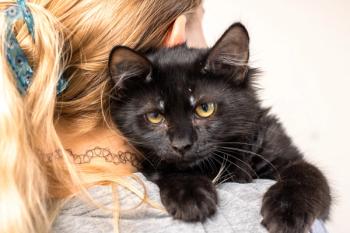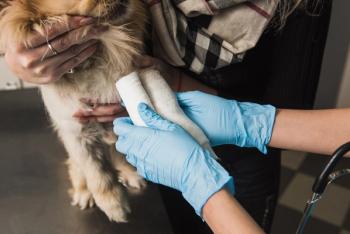
Common calculations for veterinary ICU techs
New to the ICU? Keep this calculations chart on hand so you can spend more time saving and less time scratching your head.
When
The printable
“When you have a patient that needs to go on IV fluids, make sure you don't just calculate its maintenance rate, which is 40 to 60 ml/kg per day, using the bottom end of the range for cats and the top end of the range for dogs,” she says.
These rates need to be adjusted based on the patient's needs, says Plummer: “If you have a cardiac patient, you usually have to go a lot lower so you don't fluid overload that patient due to their reduced cardiac output. And if your patient is dehydrated or has ongoing losses, you have to figure that into your maintenance rate to get an adequate rate to rehydrate your patient. To do this, you have to calculate the dehydration rate, and then if you have ongoing losses, you calculate that, and then you use all three of those numbers to get your 24-hour fluid rate-or sooner if you're trying to rehydrate them or bolus them faster.”
Plummer also notes that if ICU technicians are going to do constant rate infusions (CRIs), it's ideal to keep them separate from the maintenance bag of fluids.
“I encourage technicians to run them separately if they have access to syringe pumps because as the patient becomes rehydrated, they won't have to change out everything-they'll only have to change the fluid rate on the IV pump,” says Plummer.
Click on the chart to download a printable version!
Newsletter
From exam room tips to practice management insights, get trusted veterinary news delivered straight to your inbox—subscribe to dvm360.






